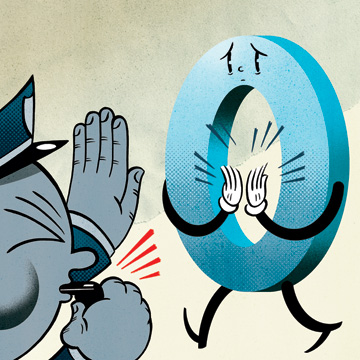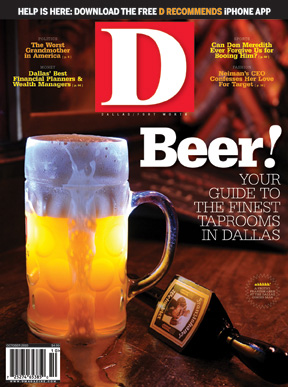Enthusiasm is a fine thing. But where, when, and why did it begin to go wrong? I’m thinking especially of the now ubiquitous, mandatory Standing Ovation, accompanied by whoops, hollers, and whistles, at all musical performances. And I am not talking rock shows, which is where it all came from.
In other times and places, when you went to a “classical” performance, you went dressed up, you sat still and quietly, and, at the end, you applauded. (In still older days, before Wagner, applause between movements was the norm.) If you applauded loudly enough, if the sense of the audience was that the players had done a more than respectable job, you were rewarded with an encore. On really special occasions, you might get two.
Concert hall etiquette has all but disappeared. Where shall I begin? People shuffling in late. People rushing to the exit as the curtain, or the conductor’s baton, drops. People unwrapping candy. People who forget to turn off their phones. People who cough. In 1975, Jon Vickers famously stopped a performance of Wagner’s Tristan und Isolde by turning to his Dallas Opera audience at the Music Hall and chastising them: “Shut up your damn coughing.”
And then there are the people who think that all of the above can be forgiven and transcended by screaming vigorously at the very end. They are congratulating themselves, not thanking the performers. They are relishing their good taste for having foregone other pleasures—watching television, going to a sports event, having a long supper, tucking the kids into bed—in order to support the arts. They deserve a pat on the back. And, by golly, they give themselves one.
Earlier this summer, I spent a week in Paris. I attended three musical events, in three venues: a chamber concert, a solo vocal recital, a grand opera. What I saw and heard astonished me—not just the performances but also the audience responses. People applauded, politely. Most of all, they paid attention.
Two causes for wildness in cultural venues spring to mind. The first, as I say above, is rock shows. When the audience is a full participant, and when that audience consists of 10,000 people, some of whom are enjoying themselves with the help of controlled substances, you can count on a loss of control. Self-abandonment replaces self-restraint.
The second is sporting events, which have always been the same the world over, in which fans (from “fanatic”) deck themselves out in war paint and costumes, get mighty drunk, tear the goal posts or the stands down, and act like ruffians. General hooliganism, often leading to violence, prevails.
Dallas Morning News critic Scott Cantrell told me he became aware of the standing O phenomenon during his Kansas City years, the 1990s. “But since arriving in Dallas in 1999,” he says, “I’ve seen them become virtually automatic. It takes a really bad performance not to get an ovation.” He also makes the comparison to grade inflation. In the old days, the ovation was given to a life-changing event. Now everyone gets an A. Cantrell has also identified what he calls “creeping ovations.” “A few people stand up, then a few more, and gradually about two-thirds of the audience joins,” he says. “That’s the half-hearted ovation people think they have to give to validate the money they’ve spent on their tickets.”
Then there is the wise guy who decides he (sometimes she) has to be the first to stand up (“Look at me! I know my stuff!”) and start clapping before the music dies down. This is the cheerleader approach to responsiveness. And once the people in front of you have stood, if you want to see the performers taking their bows, then you have to stand up, and so do the people behind you. This is the domino or lemming phenomenon.
Eager or early applause is not unique to Dallas. But I remember the old days of the Dallas Civic Music Association, which brought chamber groups and vocal and instrumental soloists to McFarlin Auditorium. The educated audiences (whose members, for the most part, are now listening to the heavenly choir) responded to memorable recitals by Dame Janet Baker and Hermann Prey with alertness and respect.
Compare this to the applause that began before the final note of Beethoven’s Ninth symphony under Jaap van Zweden’s baton at the Meyerson last October. I also remember a performance of another Beethoven symphony, under Andrew Litton, with one of those endings that go on and on. Each time a crescendo came, someone at the Meyerson began to applaud.
After a sublime string quartet, a concerto, or symphony, the music needs to exhale. European audiences seem to understand this; Dallasites don’t.
I have a modest proposal: wait until the baton, or the curtain, has come down. Let the reverberations subside. Allow the music to seep into your quiet soul. Then, applaud. Or go one step further. The most moving musical events I have ever witnessed have been greeted by stunned silence, lasting as long as two minutes. This happed at the end of Beethoven’s Fidelio with Vickers and Helga Dernesch, conducted by the late Charles Mackerras at the Music Hall in 1972. Then, after the silence, all hell broke loose. It was long ago, but the fact that I remember it says something.
Write to [email protected].






